Mining
The fluorite or fluorspar represented the second most important substance in regional mining, after coal. Almost all the ore in Spain is located in Asturias.
Las primeras referencias sobre la presencia de fluorita en Asturias se remontan al siglo XIX y hacen hincapié en la belleza de sus formas cristalinas y tonalidades. Fue Guillermo Schulz el primero en relatar la existencia del mineral en los concejos de Ribadesella y Caravia, señalando su presencia en Berbes en 1836.
The first reports on the presence of fluorite in Asturias date back to the 19th century and emphasize the beauty of its crystalline forms and tones. It was Guillermo Schulz who first related the existence of the mineral in the councils of Ribadesella and Caravia, highlighting its presence in Berbes in 1836.
The mining district known as "Caravia-Berbes" (a narrow strip that borders the Cantabrian Sea to the north and the Sueve mountain chain to the south) is constituted by reddish lithologies from the Permian-Triassic period affected by an intense tectonic fault. The presence of veins rich in calcium fluoride is frequent in these areas. Its thickness ranges from 3 to 7 meters and its length can be up to 1 kilometer. They were exploited in several mines, both by underground (Aurora-Pozo Melfonso, Obdulia, Norberto, Ana, Emilio, Jaimina, Felisa and María de las Nieves) and surface mining. Currently, only the Emilio and Jaimina mines are active, constituting a single mining group.
The Emilio mine (Colunga), the main mine exploitation in this sector, was claimed in 1940. It had several owners until 1982, when the company Minersa, with extensive experience in the Villabona and Solís deposits, took it over. Minerals of exceptional beauty can be found in this mine, such as transparent colourless fluorite and also in very pale shades (violet, lilac and blue), as well as quartz, barite, calcite, pyrite, chalcopyrite, cinnabar and sphalerite. The existence of quartzes containing hydrocarbon compounds is quite unique.
The Jaimina mine (Caravia), which was claimed in 1939, was exploited by several entities (Metastur, Fasa and Minersa). It is a very significant place because of the samples that are extracted there. The predominant fluorite is colourless, others exhibit very weak colours (lilac, green and blue) and occasionally intense violet tones. There are also colourless or white barite, calcite, dolomite and several sulphides.
Carlos Luque Cabal y Manuel Gutiérrez Claverol

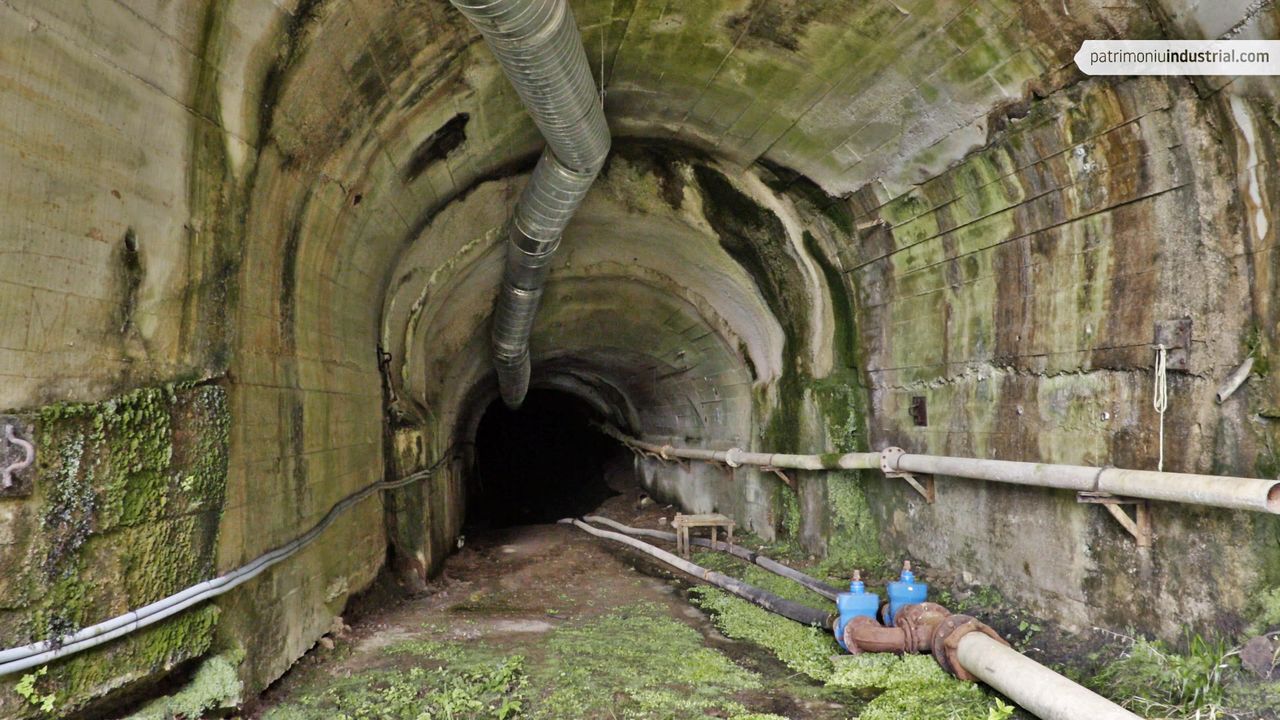
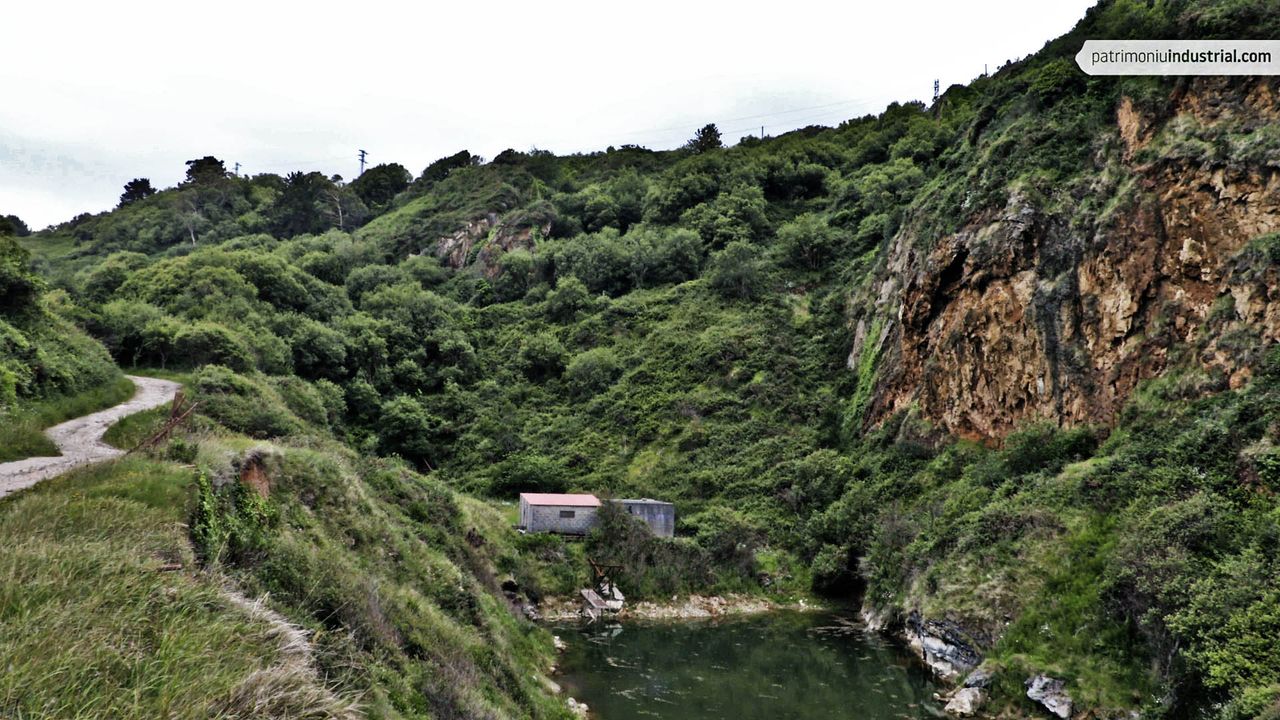
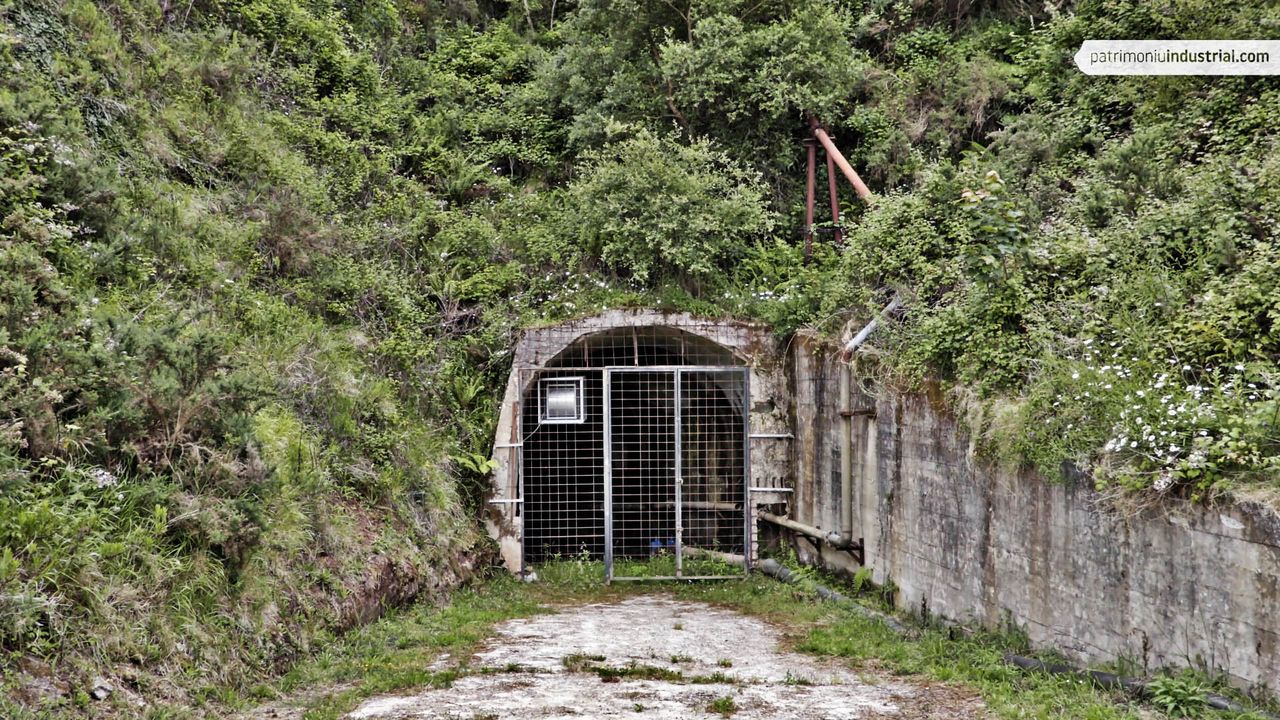
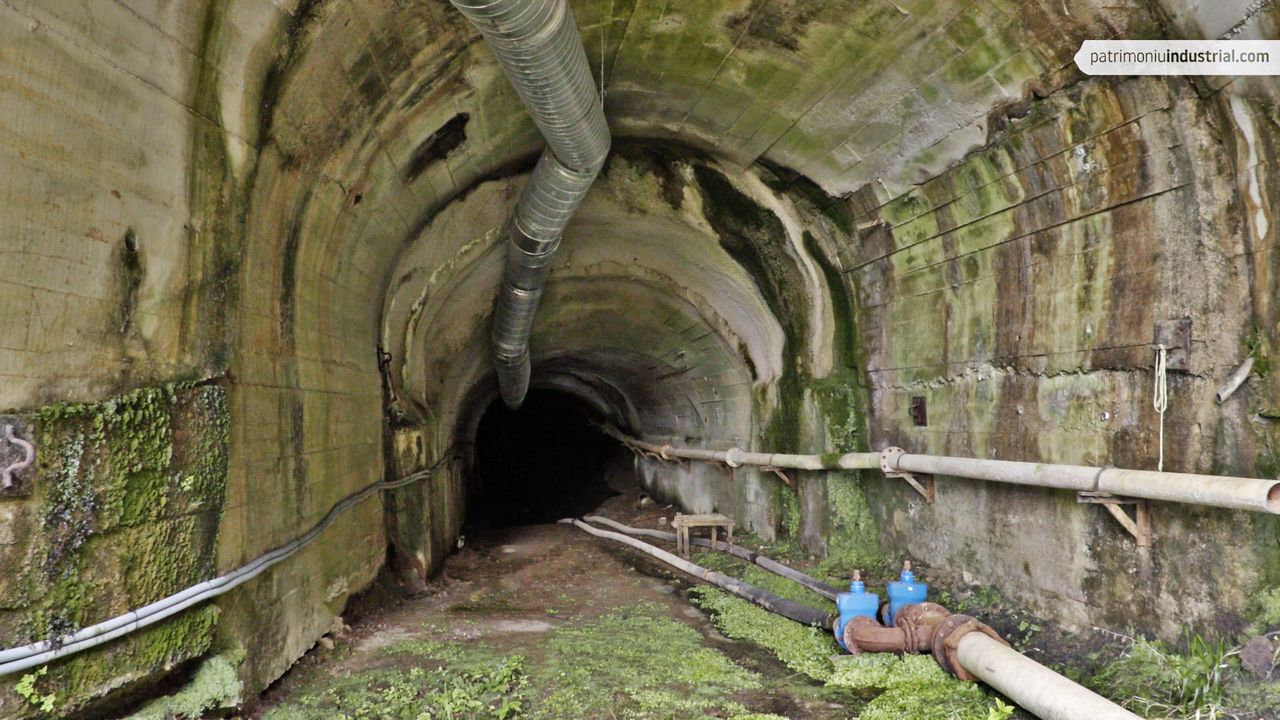


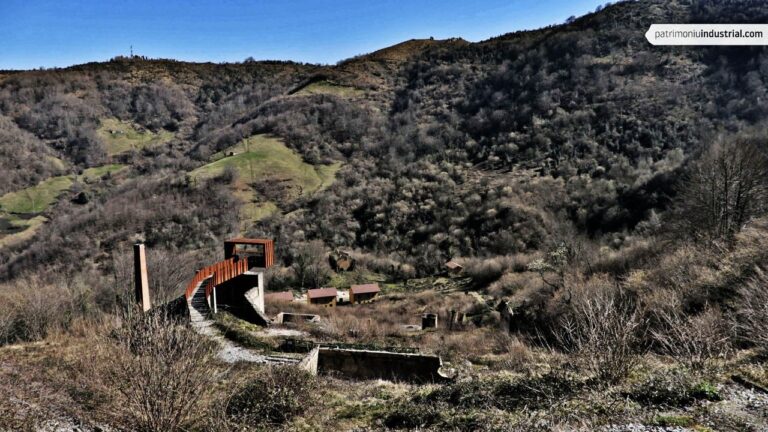
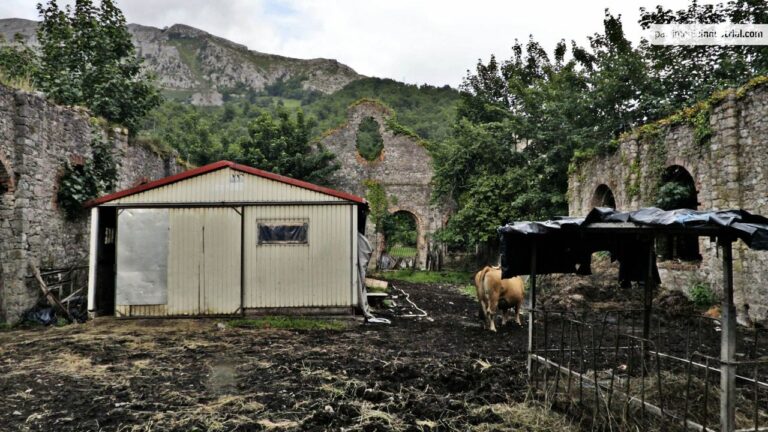

Recent Comments